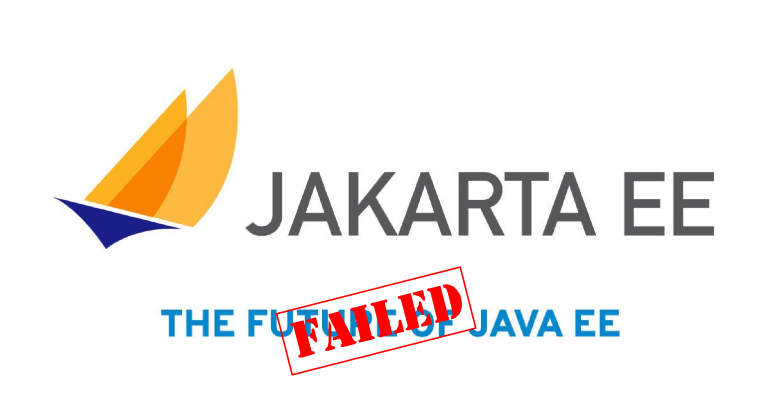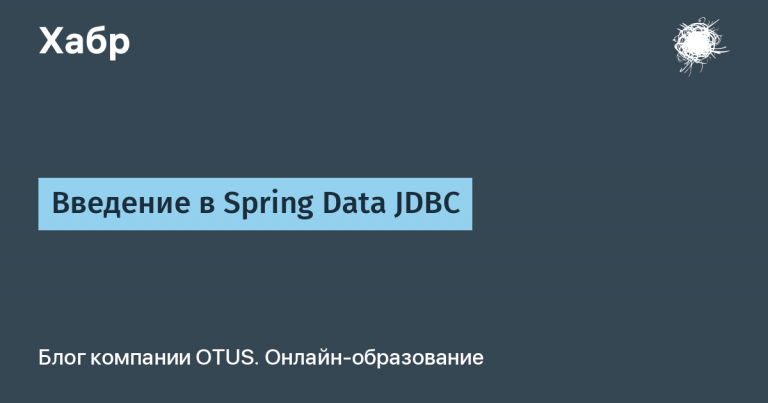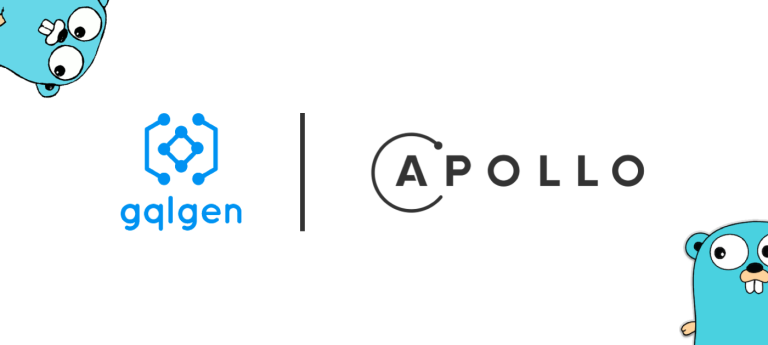case studies of real applications
Introduction
This report includes a comprehensive analysis of the use of Jamstack architecture in website development based on case studies of companies from various industries. The study examines the motivations, architectural decisions, results, challenges and best practices for implementing Jamstack technology.
What is Jamstack?
Jamstack is a robust web development architecture designed to build secure, faster, and scalable web applications. It consists of three aspects of development which include JavaScript, API and Markup (JAM).
JavaScript – It manages all the dynamic aspects and functions of the Jamstack site. Developers can easily use their preferred framework to develop web applications.
API – With reusable APIs, server-side operations are optimized to connect the frontend and backend of the application.
Markup- For users, the Jamstack website is presented in the form of HTML files. So, you can create them from structured data such as XML, Markdown, JSON or even source files using a static site generator.
As a result, users can enjoy fast app experiences, CEOs or CTOs can achieve better optimization of development costs, and Jamstack developers can build apps at a low cost.
Case Study Selection
Here are some examples of organizations using Jamstack:
Netlify is a cloud platform that provides server-side architecture for web development. Netlify is a key member of the Jamstack ecosystem, providing developers with the tools to build and deploy Jamstack-based applications
GitHub is a web platform for version control and collaborative software development. Widely used to host and manage source code repositories. GitHub Pages, a feature of GitHub, uses the Jamstack architecture to allow users to host static websites directly from their GitHub repositories.
Shopify is an e-commerce platform that allows companies to create online stores. Provides tools for managing products, orders, and customer interactions. Shopify has implemented Jamstack principles to improve the performance and security of online stores by using static site generators for certain parts of its infrastructure.
Braintree (a PayPal company) is a payment processing platform that allows businesses to accept, process and split payments. Braintree uses Jamstack principles to optimize the performance and security of its online documentation and developer resources.
Data collection
A study was conducted to obtain information about the motivations, architectural decisions and results of implementing the Jamstack architecture in organizations. Below are the main aspects highlighted by the analysis:
Motivations for Implementing Jamstack:
The main motivation for implementing Jamstack is to improve performance and security. Many organizations are switching to Jamstack to improve page loading speed and reduce vulnerability to certain types of attacks.
Architectural solutions in Jamstack:
Many companies prefer to use statically generated sites (SSG) in their web page development process as they provide excellent performance and simplify maintenance processes. SSGs pre-create content, allowing you to quickly deliver finished pages to users. At the same time, in some scenarios, client-side rendering is used, providing dynamic updating of content on the client side. This helps make web applications more interactive, making the user experience more dynamic and engaging.
Organizations are also successfully integrating reusable APIs for efficient data exchange between the user interface and backend. This allows you to effectively manage information, ensuring smooth and consistent data exchange, which is important for the functionality and performance of web applications as a whole.
Results of Jamstack implementation:
Many companies notice that users are happier due to fast loading times and easy navigation on their websites. In addition, the use of statically generated sites and content delivery networks (CDNs) helps reduce server load, which has a positive effect on scalability and maintenance.
These benefits highlight the benefits that companies gain by moving to the Jamstack architecture. It also provides information for other companies to make informed decisions when selecting technologies for web development.
Architectural analysis
Analyze the architecture components and technologies used in Jamstack applications, including static site generators, content APIs, and serverless functions.
Static site generators (SSGs) play a key role in building modern web applications. Their main advantage is the ability to pre-create static pages during application build. This approach significantly improves loading speed and overall site performance. Popular tools such as Gatsby, Next.js, and Hugo provide developers with convenient tools to create statically generated websites, ensuring an efficient and intuitive development process.
Content APIs play a key role in providing agility in static applications. Reusable APIs are used to retrieve and update data, allowing dynamic content to be provided on the client side. Examples of such APIs include Contentful, Strapi, and GraphQL API. These tools enable you to efficiently manage content, giving developers the flexibility to work with data and create dynamic user experiences.
Serverless functions are another key element of the Jamstack architecture. Their purpose is to allow code to be executed on the server side without the need to manage infrastructure. This approach provides scalability and resource savings because functions are activated only when needed. Popular tools for creating and deploying serverless functions include AWS Lambda, Azure Functions, and Netlify Functions.
Thus, static site generators, content APIs, and serverless functions come together in the Jamstack architecture to enable efficient and productive web application creation. Overall, Jamstack provides significant performance, security, and scalability benefits, making it an attractive choice for modern web applications.
What's more interesting is that Jamstack developers for hire are in high demand in the finance, healthcare, marketing, education, and advertising niches. These are signals that Jamstack is at the high adoption maturity stage. The Jamstack build is becoming popular as CMS Headless matures. Really! Jamstack is a web development platform solving the application gap even for multi-million dollar companies.

Development process and tools
Development Process:
Local Work: Developers test their websites on their computers.
Interaction with Data: Applications get the information they need through an API, making work easier.
Automation Tools:
Git: Used Git to collaborate and improve code.
CI/CD: Continuous integration/continuous deployment (CI/CD) systems ensure the stability of changes.
Deployment Strategies:
Fast and Everywhere: Pages load quickly thanks to distribution through a content delivery network (CDN).
Serverless Functions: Fast and instant features process tasks instantly.
In Jamstack, the end product for the user is a static HTML page. Page templates and data are stored separately. Static page generators (SSGs) are used to create pages from templates without data. The data is stored in the Headless CMS, and using the SSG API, it connects to the CMS, generating static HTML pages. The code is then pushed into a remote repository, and a service like Netlify takes the code, runs it, and hosts the resulting HTML pages.
Jamstack makes development easier and more efficient, delivering easy-to-use, high-performance web applications.
Jamstack | Outdated system |
Jamstack technologies such as Gatsby and Next.jswritten in JavaScript, one of the most popular programming languages. | Legacy solutions such as Drupal and WordPress are written in PHP – one of the oldest programming languages |
The Jamstack template comes with pre-built modules that help developers build apps faster with optimal development costs and minimal effort. | Maintaining old code requires a lot of time, energy, and money in addition to upgrading legacy systems to newer versions. |
Jamstack eliminates all the security problems that age-old development architectures have | Legacy systems lack the necessary security, application management tools and technology |
Programming languages
Data on the popularity of programming languages in the Jamstack community
JavaScript remains a nearly universal choice, with 96% of respondents saying they have used it on some or many projects in the past year.

Jamstack is an ecosystem that allows the JavaScript framework, markup, and APIs to work in complete sync to develop a fast and scalable website. This makes speed one of the main advantages of Jamstack that a marketer can leverage.
Lessons learned and recommendations
The Jamstack study revealed key lessons, including the use of modern tools and optimization strategies. Recommendations include reviewed approaches to selecting technologies, monitoring performance, and preparing a team for Jamstack principles. They will help organizations effectively implement and use this architecture.
*all information from the official website jamstack





